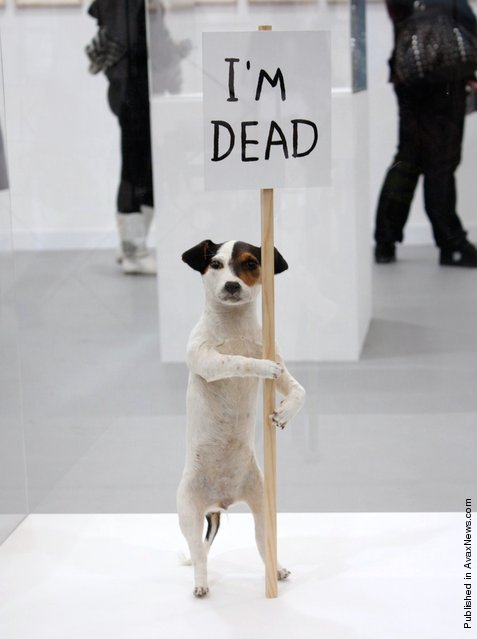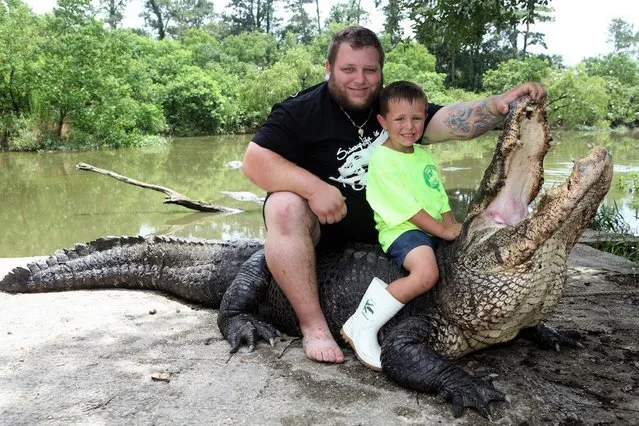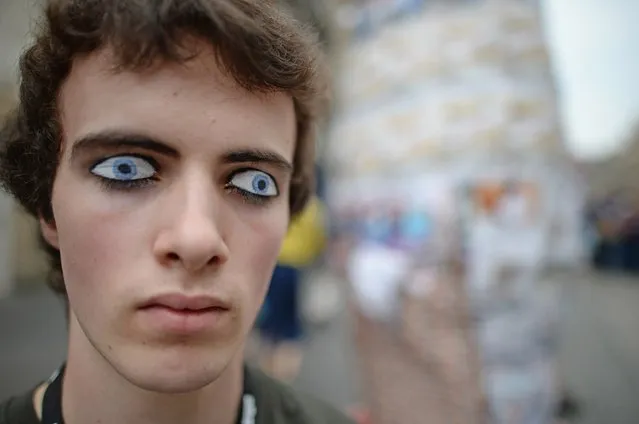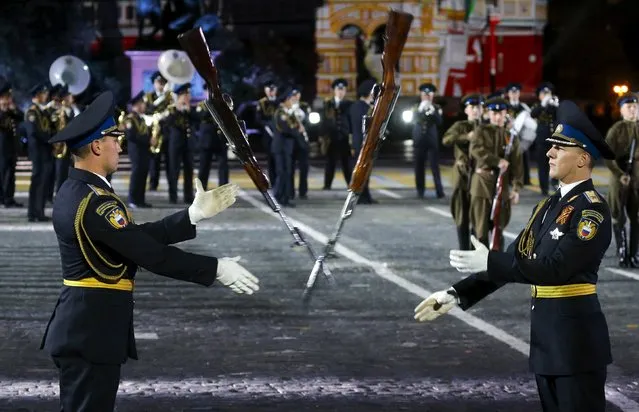
David Shrigley's new exhibition “Brain Activity” opens at the Hayward Gallery in London, England. Known for his crude and comedic observations Shrigley's “Brain Activity” is the first major survey of his work and will run from February 1 to May 13, 2012.
Photo: A taxidermied artwork of a Jack Russell dog entitled “I'm Dead”.
Photo: A taxidermied artwork of a Jack Russell dog entitled “I'm Dead”.
01 Feb 2012 10:10:00,post received
0 comments







